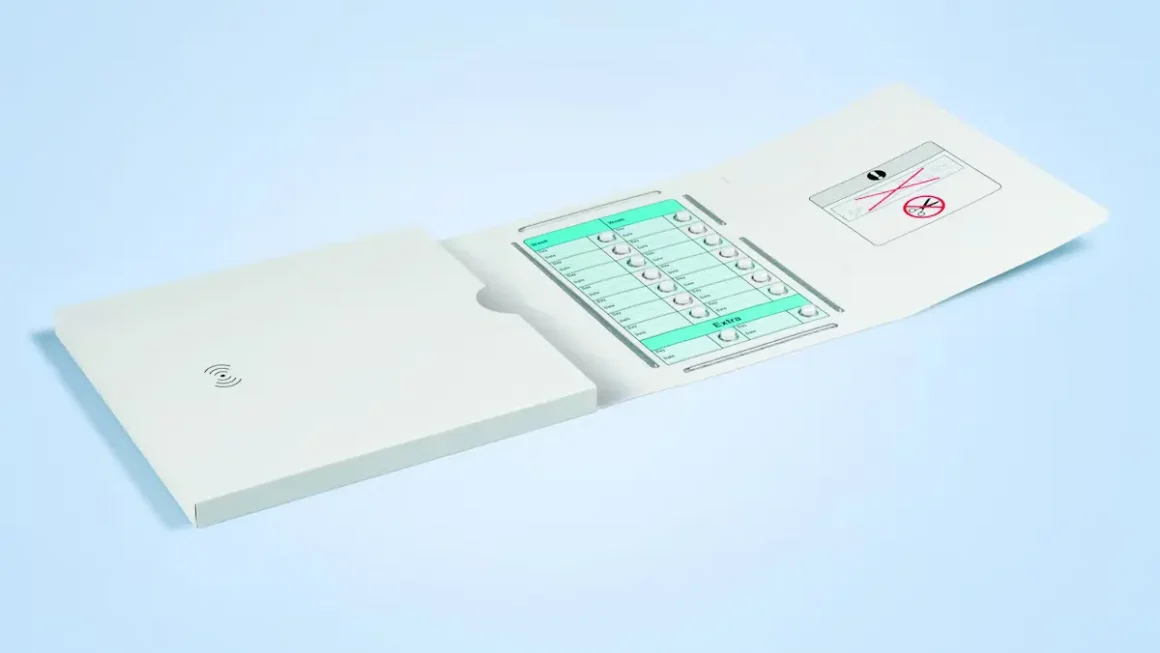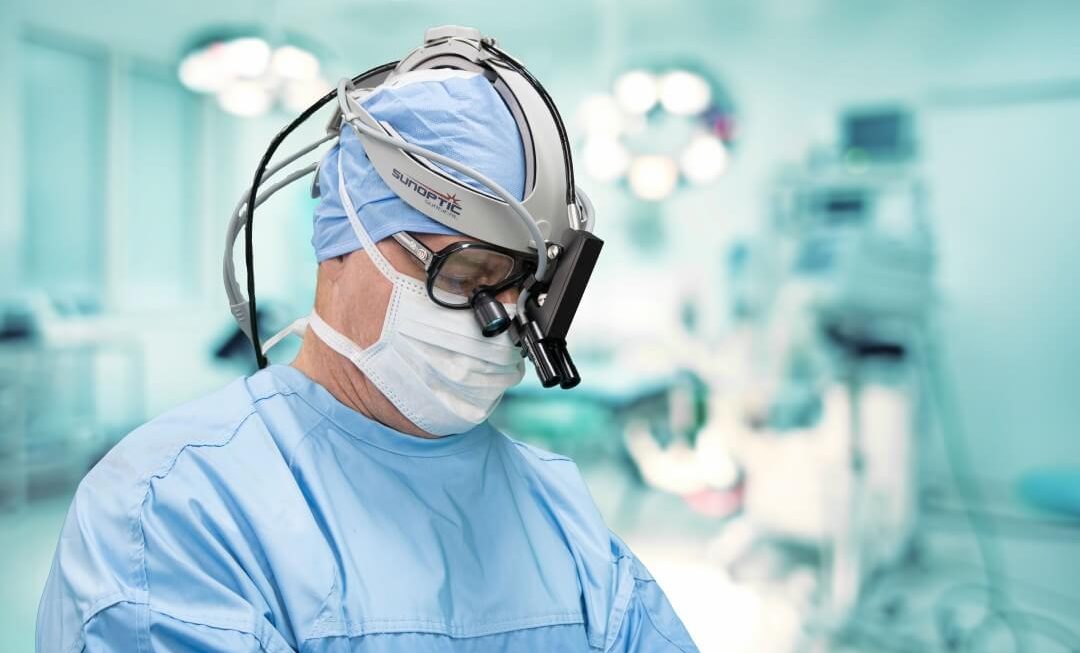Physical therapy is both a massive industry and a broad medical field. The use of movement to rehabilitate damaged or atrophied areas of the body is widely accepted to be a crucial part of recovery. We now also know that physical therapy can help in cases of cardiovascular or brain damage.
It is no surprise that there are so many thousands of physical therapists practicing around the world. Let’s take a look at how the field developed into its current, very broad form.
Beginnings
In 1813, the Royal Central Institute of Gymnastics was formed in Sweden by Per Henrik Ling. This institute specialized in using gymnastic techniques to rehabilitate injured patients. Today, we would recognize the institute as a physical therapy center. Indeed, many people consider Ling to be the father of the field, and the institute to be its birthplace.
Physical therapy would not be considered a defined field, however, until the coining of the word ‘physiotherapy’ in 1894 by Edward Playter. It took several dreadful disasters in the 20th Century to establish physical therapy as an essential and broad medical niche.
The Polio Epidemic
The polio epidemic of 1916 had a huge influence in the rise of physical therapy. Polio can be devastating to physical movement. The emerging fields of hydrotherapy and muscle rehabilitation within physical therapy became widely accepted as ways of helping people recover from the effects of polio.
The most famous beneficiary of these physical therapy techniques was a future president of the United States: Franklin D Roosevelt. Roosevelt benefitted from early hydrotherapeutic muscle rehabilitation techniques and later funded American hydrotherapy centers.
The Devastation of War
At the same time as the polio epidemic was raging, the world had the misfortune to be embroiled in one of the most horrific conflicts ever seen: the first world war. The dawn of industrial warfare also saw the dawn of many medical and rehabilitative techniques.
Millions of soldiers returned from war with physical injuries. The scale of the problem was so large that physical therapy had to evolve into a standardized practice. In 1917, the United States Army incorporated physical rehabilitation programs into its structure, essentially forming the first organizational foothold for the discipline of physical therapy.
Modern Medicine
Today, physical therapy is a highly developed and diversified field. Patients are able to self-refer to private physical therapists without receiving a referral from a general practitioner. As physical therapy has diversified, so has the associated equipment.
Because of the sheer amount of equipment types available for use in physical therapy, practitioners are now increasingly turning to modular rail systems such as those sold at PrePakProducts.com.
These systems allow the attachment of multiple weights, resistance bands and measurement devices to a single wall-mounted rack.
Physical therapy is part of the rehabilitation regime following cardiovascular incidents and brain injuries. Patients are no longer advised to rest after major incidents, but instead to undergo physical therapy immediately. In this way, the roles of the discipline have multiplied.




